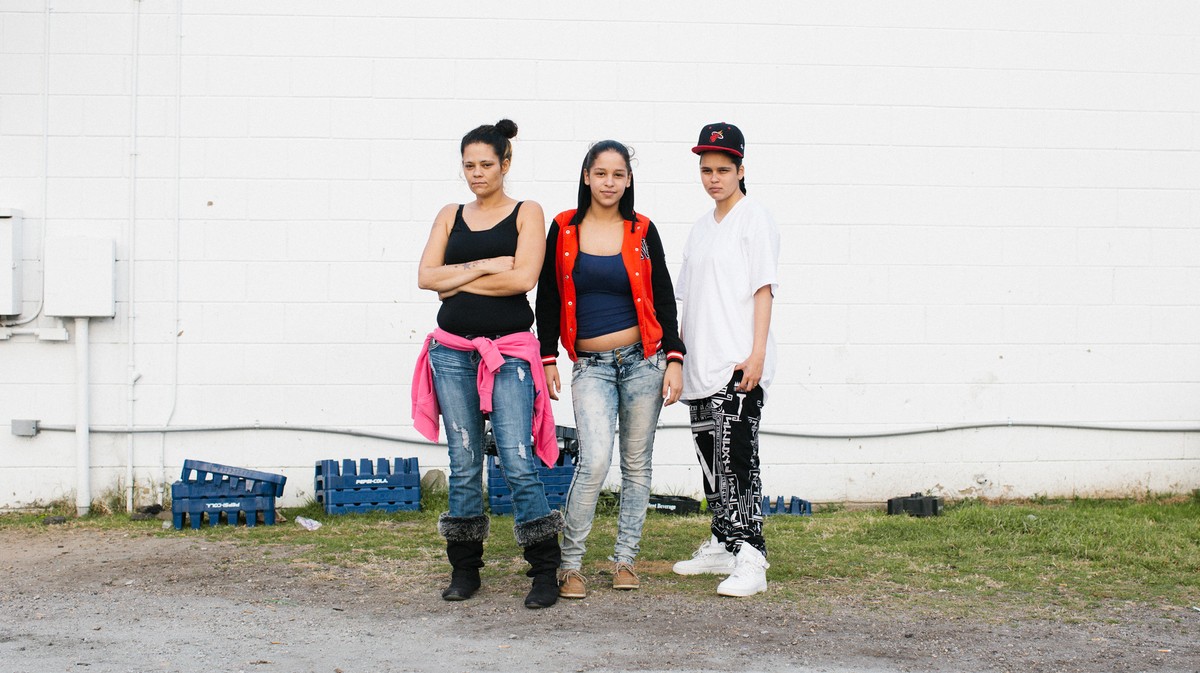Kastura
2012 - Photography (Photography)
Yuki Kimura
Kastura (2012) is an installation consisting of 24 black-and-white photographs of the Katsura Imperial Villa in Kyoto bequeathed by Kimura’s grandfather; free-standing structures on which they are hung; and ornamental plants. The photographs appear to have been taken in late 1950s soon after tours of the villa were first offered to the public. Then, as today, visitors were led by a guide and could only follow a designated route. Cross-referencing the numbers inscribed on the back of the 24 photos and the locations where they were shot, Kimura found that sequence of photos elegantly encapsulates the entire tour route. This prompted her to create an installation employing the complete set of photos. Since German architect Bruno Taut lauded the Katsura Imperial Villa in the early 20th century as the apotheosis of the Japanese aesthetic, its building have frequently appeared in discussions of modernist architecture. Noting that the centuries-old villa and works of modernist architecture share the structural concept of the module, Kimura devised a group of spare steel modular units, on which the photographs are hung to create seamlessly integrated objects. In this work, Kimura replicates a time and place captured on film around half a century earlier.
Focusing on the temporal and spatial layers inherent in the medium of photography, Yuki Kimura constructs relationships between photographs and exhibition spaces that imbue the act of viewing with new dynamism.
Colors:
Related works sharing similar palette

© » KADIST
Felipe Arturo
2012Primero estaba el mar ( First Was the Sea , 2012) is a system of equivalences between syllables and silhouettes of waveforms cast in cement...

© » KADIST
Gan Chin Lee
2019In Studies of Chinese New Villages II Gan Chin Lee’s realism appears in the format of a fieldwork notebook; capturing present-day surroundings while unpacking their historical memory...

© » KADIST
Nicolás Paris
2012Nicolas Paris studied architecture and worked as an elementary school teacher before he decided to become an artist...

© » KADIST
Gan Chin Lee
2019In Studies of Chinese New Villages II Gan Chin Lee’s realism appears in the format of a fieldwork notebook; capturing present-day surroundings while unpacking their historical memory...

© » KADIST
Sheroanawe Hakihiiwe
2019Wateoma husipe / Larvas de oruga / Caterpillar larvae by Sheroanawe Hakihiiwe exemplify his most abstract work, where he choses particular elements of a living organism to create his renditions...

© » KADIST
Charles Avery
2012Since 2005, Charles Avery has devoted his practice to the perpetual description of a fictional island...

© » KADIST
Birender Kumar Yadav
2016Birender Kumar Yadav comes from Dhanbad, India, a city built on its proximity of iron ore and coal and once forested and inhabited by Indigenous people who compose the Gondwana...

© » ARTNEWS RETROSPECTIVE
Mary Weatherford Revisits an ARTnews Profile of Joan Mitchell – ARTnews.com Skip to main content By Alex Greenberger Plus Icon Alex Greenberger Senior Editor, ARTnews View All September 4, 2020 10:27am ©ARTnews In 1957, art critic Irving Sandler paid a visit to the studio of painter Joan Mitchell , an Abstract Expressionist known for her brushy images capturing nature...

© » KADIST
Bruce Conner
1995Bruce Conner is best known for his experimental films, but throughout his career he also worked with pen, ink, and paper to create drawings ranging from psychedelic patterns to repetitious inkblot compositions...

© » KADIST
Robert Zhao Renhui
2016The photograph Proxy II (Beetles) by Robert Zhao Renhui belongs to a series, titled Christmas Island, Naturally, that focuses on the ecology of Christmas Island; a remote volcanic land formation in the Indian Ocean...

© » KADIST
Oren Pinhassi
2020Oren Pinhassi’s work examines the relationship between the human figure and the built environment...

© » KADIST
Robert Zhao Renhui
2014Created during Zhao Renhui’s residency at Kadist SF in 2014, Zhao Renhui began observing and cataloguing insects inspired by the scientific impulse towards exhaustive taxonomy of Sacramento-based Dr...

© » KADIST
Andrea Bowers
2010The small drawings that comprise Study from May Day March, Los Angeles 2010 (Immigration Reform Now) and We Are Immigrants Not Terrorists are based on photographs taken at a political rally in downtown Los Angeles in which thousands of individuals demonstrated for immigrants’ rights...







